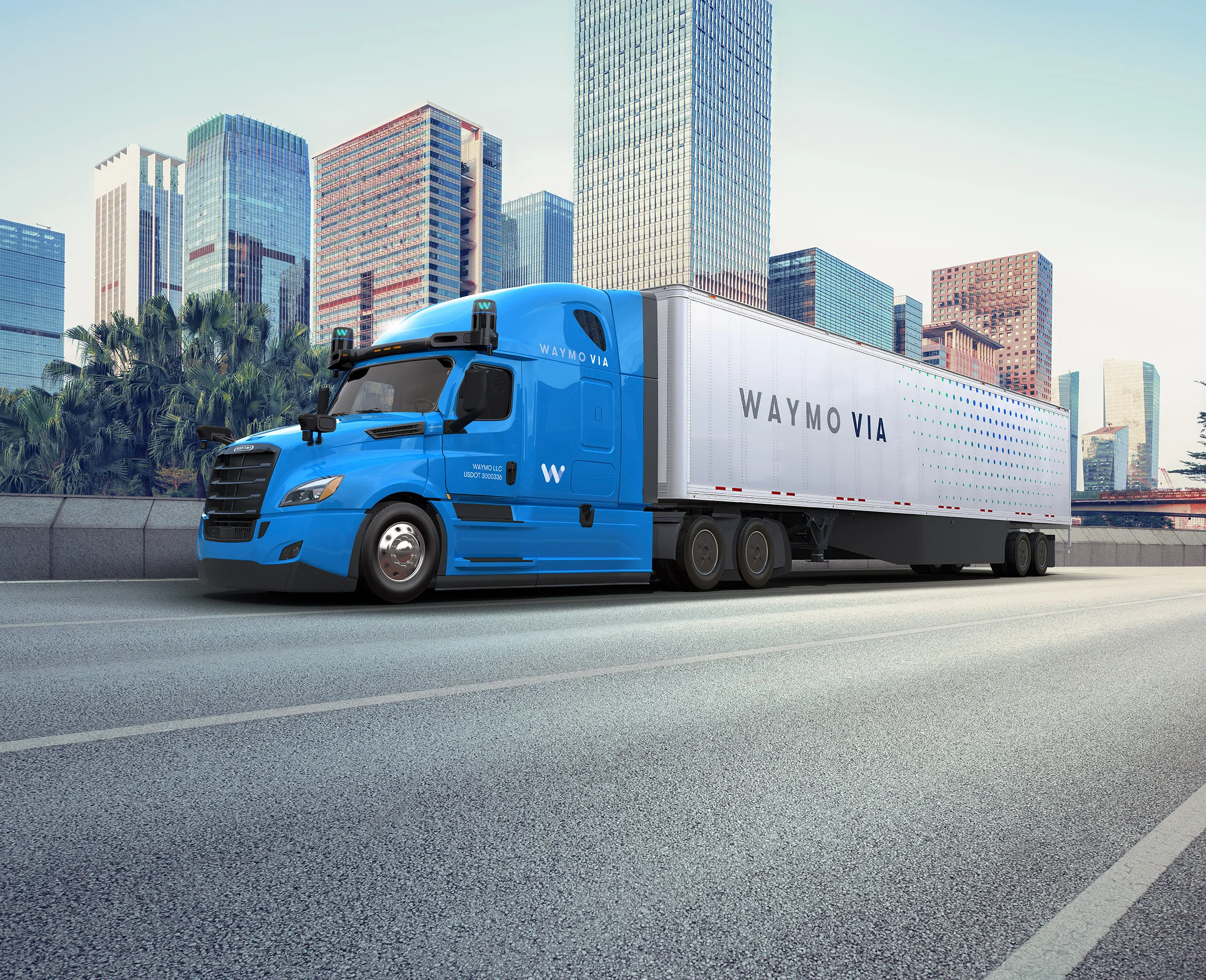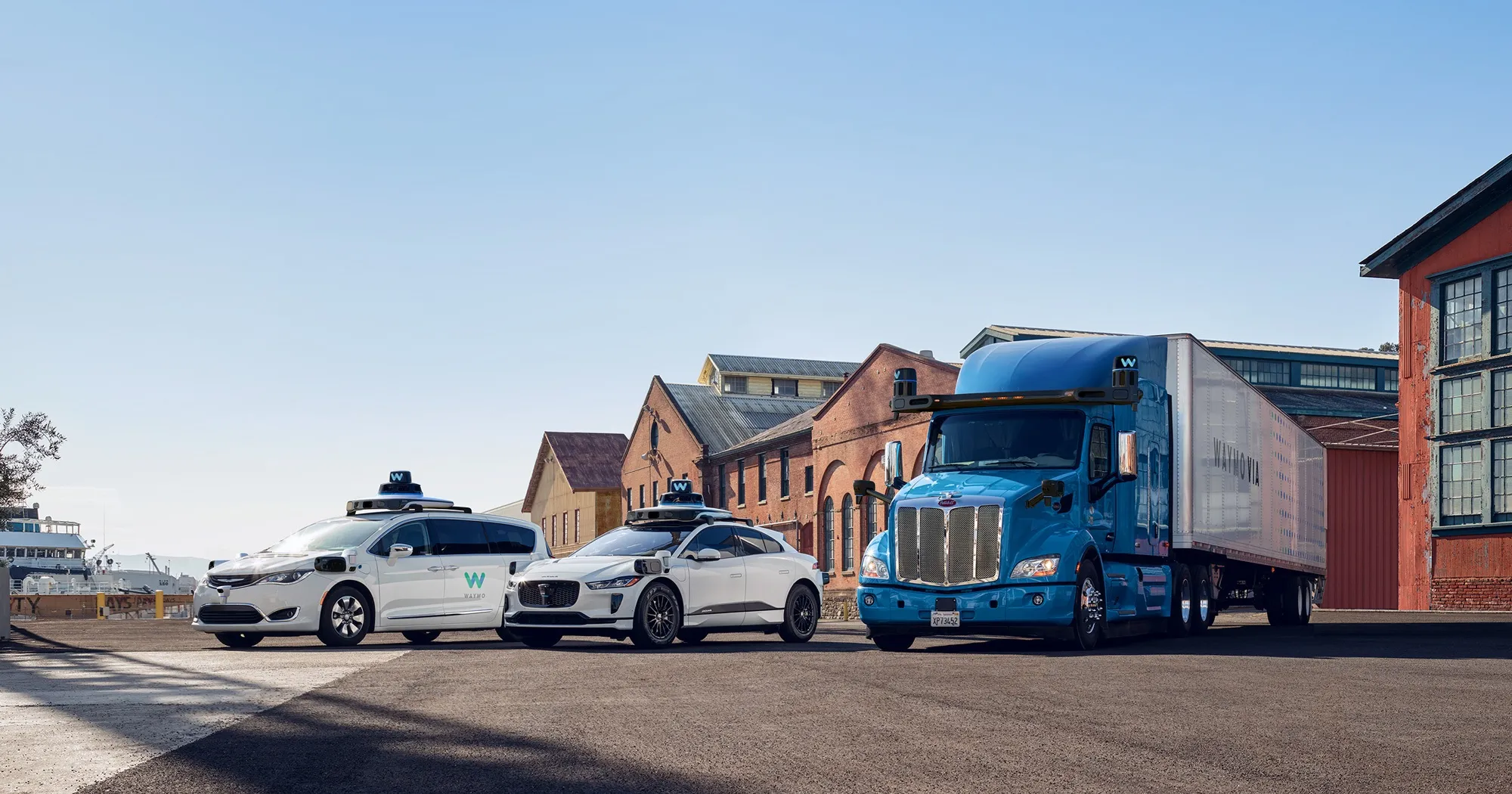In a move to make travel on Interstate 10 safer and more efficient, the transportation leaders of Arizona, Texas, New Mexico and California have created a coalition supporting innovation along the corridor.
The I-10 Corridor Coalition is modelled after a coalition involving 15 states that govern Interstate 95 between Florida and Maine. For Arizona, the partnership is designed to remove what transportation officials refer to as ‘friction’, such as the variety of commercial vehicle permitting and inspectio
June 16, 2016
Read time: 2 mins
In a move to make travel on Interstate 10 safer and more efficient, the transportation leaders of Arizona, Texas, New Mexico and California have created a coalition supporting innovation along the corridor.
The I-10 Corridor Coalition is modelled after a coalition involving 15 states that govern Interstate 95 between Florida and Maine. For Arizona, the partnership is designed to remove what transportation officials refer to as ‘friction’, such as the variety of commercial vehicle permitting and inspection practices in each state along I-10, which makes the movement of goods less efficient than it could be.
Commerce flowing on Interstate 10 across California, Arizona, New Mexico and Texas is the engine of a powerful economic region. I-10 is the primary trucking route to and from the Port of Long Beach, which connects to Asian markets, and connects the trillion-dollar markets of Southern California and central Texas.
“The efficient flow of commerce in Arizona drives our state’s economic vitality,” John Halikowski, who proposed the coalition, said. “This agreement with our transportation partners in California, New Mexico and Texas will work to build a reliable, friction-free I-10 corridor to support Arizona’s businesses and export industries.”
The coalition will employ the transportation expertise of the states collectively to enable resource sharing, joint testing and economies of scale, Halikowski said. It will apply best practices to improve safety and efficiency along the corridor, improve freight movement, expand and coordinate the use of technology along the corridor, and promote cooperative planning.
The I-10 Corridor Coalition is modelled after a coalition involving 15 states that govern Interstate 95 between Florida and Maine. For Arizona, the partnership is designed to remove what transportation officials refer to as ‘friction’, such as the variety of commercial vehicle permitting and inspection practices in each state along I-10, which makes the movement of goods less efficient than it could be.
Commerce flowing on Interstate 10 across California, Arizona, New Mexico and Texas is the engine of a powerful economic region. I-10 is the primary trucking route to and from the Port of Long Beach, which connects to Asian markets, and connects the trillion-dollar markets of Southern California and central Texas.
“The efficient flow of commerce in Arizona drives our state’s economic vitality,” John Halikowski, who proposed the coalition, said. “This agreement with our transportation partners in California, New Mexico and Texas will work to build a reliable, friction-free I-10 corridor to support Arizona’s businesses and export industries.”
The coalition will employ the transportation expertise of the states collectively to enable resource sharing, joint testing and economies of scale, Halikowski said. It will apply best practices to improve safety and efficiency along the corridor, improve freight movement, expand and coordinate the use of technology along the corridor, and promote cooperative planning.









